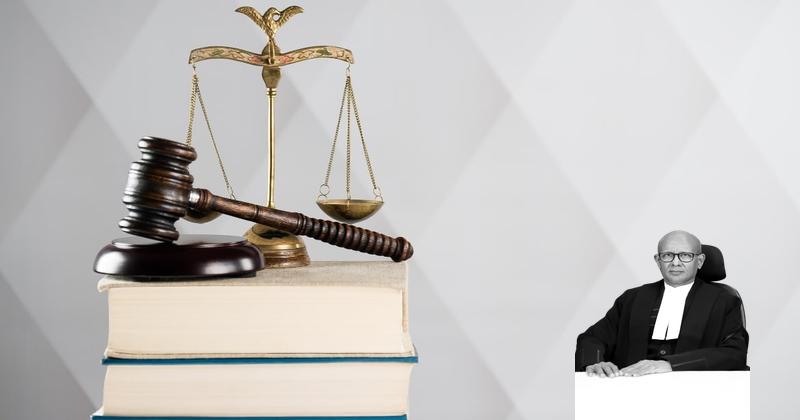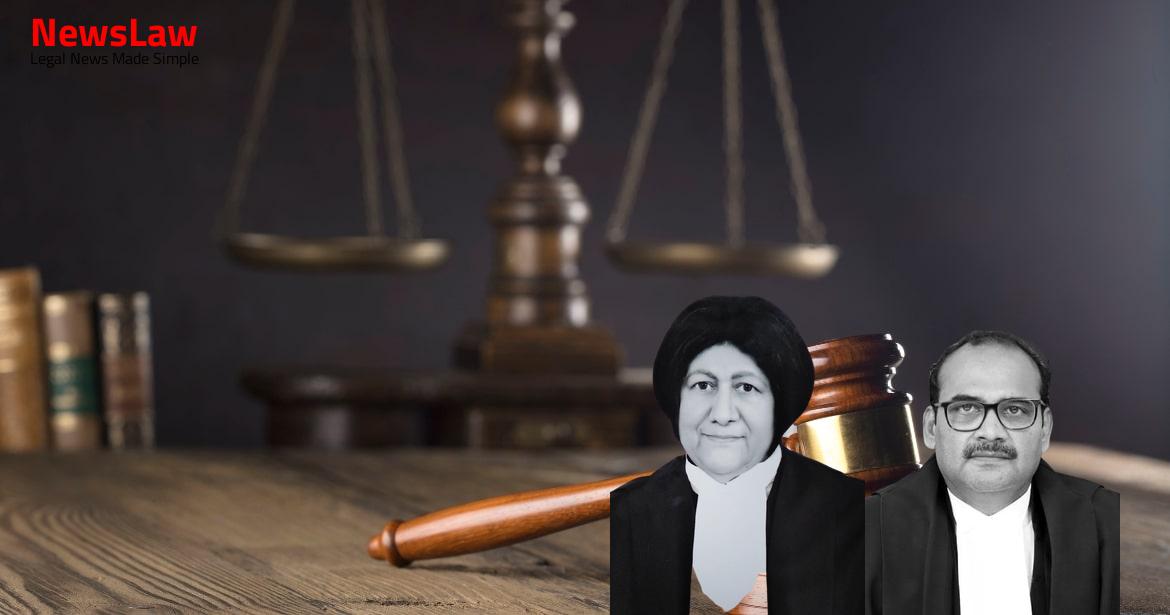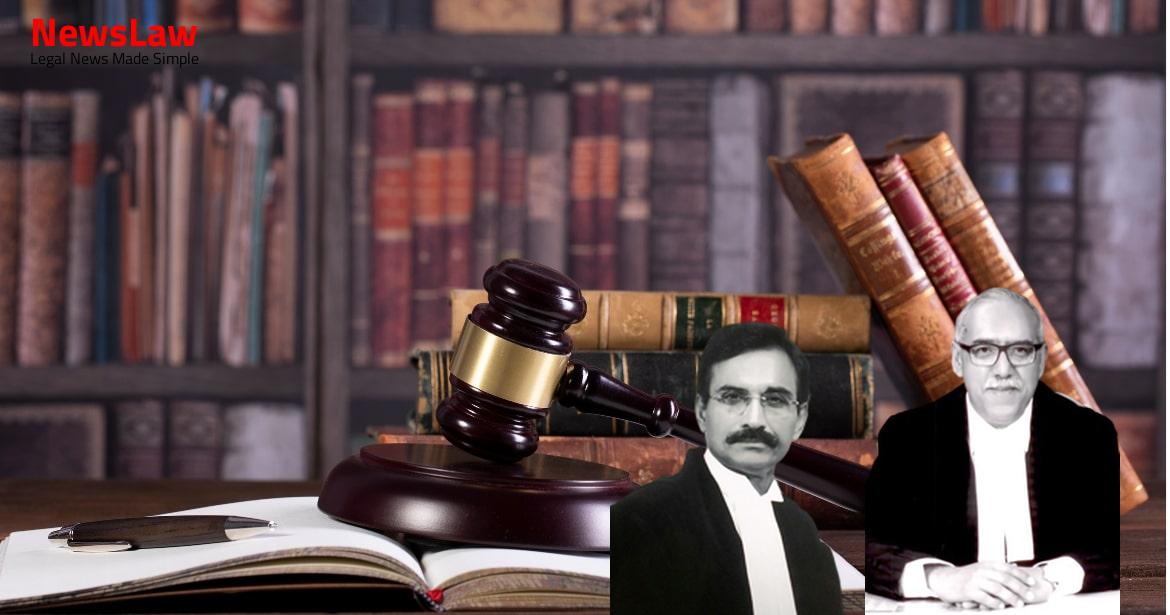In Civil Appeal arising out of SLP (C) No.16161 of 2018, the appellants who are original respondents nos.11 to 14 before the High Court of Gujarat, have challenged the judgment and order dated 11 May 2018 passed by a Division Bench of the High Court of Gujarat on a writ petition under Article 226 of the Constitution of India filed by respondents nos.1 to 18. It is also provided that these additional direct recruits selected against the carried forward vacancies of the previous year, should be placed en bloc below the last promotee or direct recruit, as the case may be, in the seniority list based on the rotation of quota for that year.
Also Read: https://newslaw.in/case-type/civil/moratorium-application-in-insolvency-case/
By the said office note, it was directed that if the examination is not held in the vacancy year, the seniority of the vacancy year cannot be granted to direct recruits.
On 26 June 2009, the Chief Commissioner of Income Tax, Ahmedabad filled in 53 posts of Income Tax Inspectors by promotion on the basis of the recommendations of the Departmental Promotion Committee (DPC). On 26 April 2010, CBDT communicated to SSC that vacancies for the recruitment year 2009-10 were included for selection through SSC CGLE-2010. This Court dealt with a contingency where the requisition for filling in the vacancies of direct recruits was issued in the same recruitment year and the advertisement for recruitment was published in the same recruitment year when the vacancies had arisen, but the examination could not be conducted in the same recruitment year. On 17 January 2018, CBDT issued a clarification stating that insofar as the fixing of inter-se- seniority of CGLE-2010 direct recruits with promotee officers was concerned, the direct recruits may be interpolated with the promotees of the same recruitment year in accordance with OMs issued on 3 July 1986 and 4 March 2014. By the impugned judgment, the seniority list dated 13 February 2018 was quashed and the seniority list of 7 September 2016 was restored with a clarification that only those direct recruits who were eligible and qualified in the recruitment year 2009-10, shall be interspaced with 53 promotees who were promoted vide DPC dated 29 June 2009. Huzefa Ahmadi, the learned senior counsel appearing for the appellants firstly submitted that the decision of this Court in the case of N. The learned senior counsel submitted that in the present case, the advertisement for recruitment was not issued in the year 2009 and the examination was conducted in 2010.
Parmar’s case, the learned senior counsel would submit that in terms of the said decision, the vacancies arising during a particular year, should be reported in the same year and the advertisement for recruitment should also be published in the same year. The learned senior counsel also pointed out that when there was no advertisement and no requisition issued for the vacancies of the year 2009, the vacancies of the year 2009 were combined in CGLE-2010. Meghachandra protects the case of the said respondents (direct appointees) as it is specifically observed that the decision will apply prospectively and it will not affect inter-se-seniority fixed on the basis of the decision of this Court in the case of N. He submitted that as held by this Court in the case of Hon’ble Punjab & Haryana High Court at Chandigarh v.
He relied upon various OMs starting from OM dated 3 July 1986 till OM dated 13 August 2021, which clearly provide for seniority to be determined according to the rotation of vacancies.
He submitted that OM dated 7 February 1986 cannot be applied and the same will apply when there is an earlier examination or selection which is followed by a subsequent examination or selection. Meghachandra will have prospective operation, cases of inters- se-seniority of direct recruits and promotees shall not be disturbed during the period between the date of the decision in N.R.
He submitted that Income Tax Department is adversely affected due to the order of status quo, passed in this appeal, as 162 out of 486 sanctioned posts of Income Tax Officers (ITOs) are vacant. Parmar’s case stands overruled, in view of its prospective overruling, whether the inter-se-seniority of the direct recruits and the promotees in the facts of this case could be determined as per the decision in N.R. Lastly, a factual issue will have to be decided whether, in the facts of this case, the process of recruitment of direct recruits commenced in the very recruitment year in which the vacancies arose.
The letter dated 3 August 2016 addressed by the Directorate of Income Tax, New Delhi to the Principal Chief Commissioner of Income Tax, Ahmedabad treats a recruitment year as a financial year. Along with the letter dated 3 August 2010, the Office of the Chief Commissioner of Income Tax forwarded to the CBDT, the details of the confirmed vacancies in the post of Income Tax Inspectors as on 31 March 2011 in the prescribed proforma. There is material on record to show that the Income Tax Department always treated the vacancy year or recruitment year as a financial year. The letter dated 3 August 2010 addressed by the Chief Commissioner of Income Tax, Ahmedabad to CBDT records that as on 31 March 2011, there will be 35 backlog vacancies for direct recruits for the year 2009- 10.
Also Read: https://newslaw.in/supreme-court/acquittal-in-ipc-offences-lack-of-test-identification-parade/
Thus, on facts, it can be concluded that the process of recruiting direct recruits to 35 posts of Income Tax Inspectors of the vacancy/recruitment year 2009-10 commenced in the same year 2009-10. SSC issued the advertisement in May/June 1993 for filling in the posts of direct recruits for the year 1993-94. Parmar shows that this Court considered and interpreted OMs dated 22 December 1959, 7 February 1986, 3 July 1986 and 3 March 2008.
The facts only reveal that the examination and the selection process of direct recruits could not be completed within the recruitment year itself. The direct recruits herein will therefore have to be interspaced with promotees of the same recruitment year. The recruitment for the said vacancies could not be held during the recruitment year 2009-10 for the reasons for which the candidates were not responsible; iii. Now, coming to the decision of the Bench of Hon’ble three Judges in the case of K.Meghachandra, this Court was dealing with the Manipur Police Service Rules, 1965 (for short, ‘the MPS Rules’). Parmar [2012 (13) SCC 340] which deal with general principles for determination of seniority of persons in the Central Government service, should not according to us, have any overriding effect for the police officers serving in the State of Manipur.” (emphasis added)
In paragraph 38, this Court held thus: “38.
Parmar [2012 (13) SCC 340] to the effect that the selected candidate cannot be blamed for the administrative delay. State of Orissa, (1998) 4 SCC 456 : 1998 SCC (L&S) 1156], Suraj Parkash Gupta v. State of Orissa, (1998) 4 SCC 456 : 1998 SCC (L&S) 1156] and consequently we disapprove the norms on assessment of inter se seniority, suggested in N.R. With the greatest respect to the Hon’ble Bench which dealt with K.Meghachandra’s case, we find that the attention of the Bench was not invited to the binding decision of the Coordinate Bench in the case of M.
Mr Rakesh Dwivedi, learned Senior Counsel appearing on behalf of the appellants submitted that the appellants had a right to be promoted within their quota during the years 1981 to 1987, when vacancies for promotees’ quota became available. It was urged that seniority is dealt with only by Regulation 3 of the Service Regulations, 1964 and not by Regulation 34 of the Recruitment Regulations, 1966. However, the appellants before the High Court unequivocally submitted that under the above regulations, promotions and direct recruitments were required to be made in the ratio of 1:1 and that the said regulations provided for a cycle in which vacancies were to be rotated. But for Regulation 34, candidates from feeder posts would be temporarily promoted to the slots reserved for direct recruits and on their regularisation, the quota prescribed for direct recruits will be defeated.
On reading Regulation 3 of the Service Regulations with Regulations 30 and 34 of the Recruitment Regulations, it becomes clear that neither the date of promotion nor the date of selection is the criterion for fixation of seniority. Therefore, the rule of rota is inbuilt in the quota prescribed for direct recruits and for promotees in terms of Item 3 of Annexure ‘A’ (Section B) to the Recruitment Regulations. State of Mizoram [(1997) 4 SCC 422 : 1997 SCC (L&S) 1053]
Also Read: https://newslaw.in/case-type/criminal/consensual-relationship-and-misconception-of-consent/
Rule 25(iii) stated that the relative seniority of direct recruits and of promotees shall be determined according to rotation of vacancies between direct recruits and promotees based on the quota of vacancies reserved for direct recruitment and promotion. Union of India [AIR 1967 SC 1427]
Case Title: HARIHARAN Vs. HARSH VARDHAN SINGH RAO (2022 INSC 1278)
Case Number: C.A. No.-009228-009228 / 2022



